With nearly half of children under five in Nagaland lacking adequate vitamin A intake, Vitamin Angels India (VAI) is stepping up to bridge the gap. Partnering with the National Health Mission (NHM) Nagaland, VAI is dedicated to improving child health outcomes by providing essential micronutrients during the critical first 1,000 days of life. Vitamin A deficiency, a major threat to child health globally, can cause preventable illnesses and even death. This deficiency is particularly urgent in Nagaland, where it leads to issues like preventable childhood blindness and increased susceptibility to infections.
Vitamin Angels India, a nonprofit organization, works tirelessly to combat malnutrition and improve health outcomes for at-risk populations worldwide. In India, VAI has achieved significant milestones since its inception, including reaching over 16 million children with vitamin A supplementation and deworming interventions. This recent collaboration in Nagaland aims to strengthen and expand vitamin A supplementation and deworming interventions for children under five across three districts: Dimapur, Niuland, and Chümoukedima.
In an insightful interview with TheCSRUniverse, Dr. Ashutosh Mishra, Senior Regional Technical Director, Asia and Director of Programs, India, at Vitamin Angels, dives deep into their mission, the importance of vitamin A supplementation and deworming, and the challenges and triumphs of their work in Nagaland. He also highlights how the organization tailors interventions to local contexts, engages with stakeholders, overcomes logistical challenges, and ensures the sustainability and scalability of their programs.
Read the interview below to understand the critical efforts being made to enhance child health and nutrition in some of the most underserved regions.
Q&A
Q. Could you share the primary mission and objectives of Vitamin Angels India, and explain why the specific intervention focusing on vitamin A supplementation and deworming was deemed crucial in addressing childhood malnutrition and mortality rates, particularly in regions such as Dimapur, Niuland, and Chümoukedima?
A. Vitamin Angels India (VAI) focuses on the first 2,000 days of children under five, especially the first 1,000 days, to provide evidence-based and cost-effective nutrition interventions aimed at improving nutrition and health outcomes. Vitamin A deficiency, a major cause of preventable childhood blindness, and intestinal worm prevalence, which causes significant health issues including stunting, are key areas of concern. Despite India's progress in addressing Vitamin A deficiency, certain areas still have higher than average deficiency due to geographical challenges, limited diet diversity, and poor healthcare access. In Nagaland, with Vitamin A coverage at 47%, VAI is partnering with the National Health Mission and the Nagaland Government to increase access to vitamin A supplementation (VAS) and deworming for children. The pilot project will be implemented in Dimapur, Niuland, and Chümoukedima, targeting nutritionally vulnerable and hard-to-reach communities to improve VAS coverage.
Q. Can you provide an overview of the overall journey of Vitamin Angels India, highlighting key milestones achieved and challenges overcome since its inception? Additionally, could you delve into the specific journey in Nagaland, showcasing the progress made and the unique challenges faced in this region?
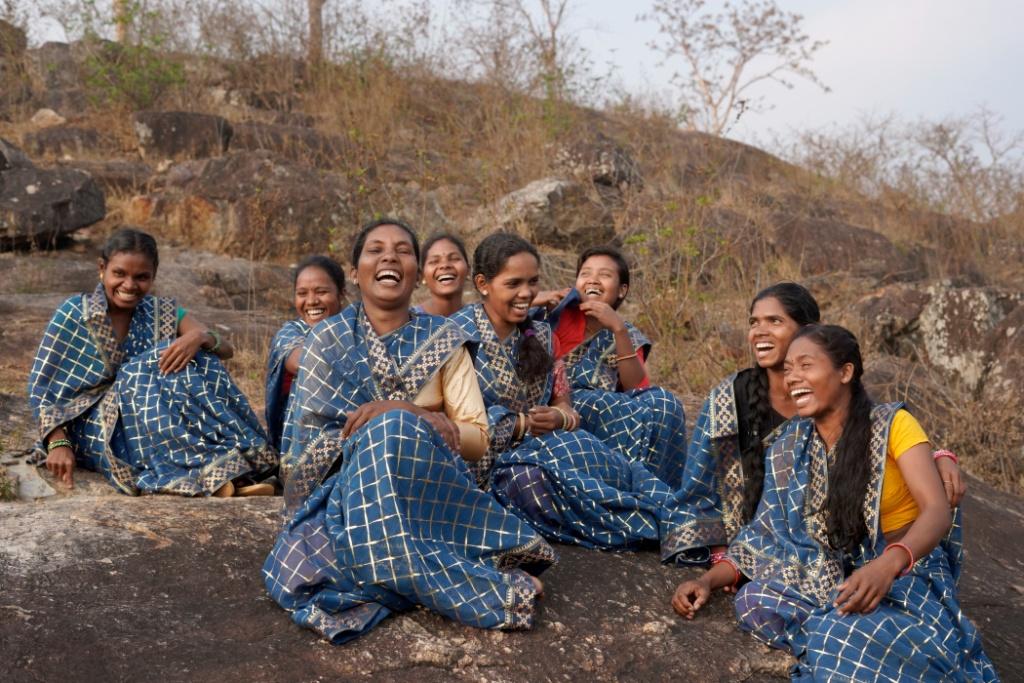 A. Vitamin Angels (VA) began its journey in India in 2010 with the goal of eliminating preventable blindness among children under five. In 2011, VA launched a micronutrient grant program, providing high-dose VAS to non-government organizations (NGOs) and hospitals. By 2012, the program expanded to include Albendazole deworming tablets and established a partnership with the Government of Tripura, expanding its partner network to 100 across India. VA also started offering technical assistance for the safe delivery of VAS and deworming (VAS+D) through on-ground trainers. In 2020, VA partnered with10 state and union territory governments to ensure an uninterrupted supply of vitamin A during the COVID-19 pandemic, delivering virtual training to 10,000 healthcare providers. By this time, VA had reached over 16 million children.
A. Vitamin Angels (VA) began its journey in India in 2010 with the goal of eliminating preventable blindness among children under five. In 2011, VA launched a micronutrient grant program, providing high-dose VAS to non-government organizations (NGOs) and hospitals. By 2012, the program expanded to include Albendazole deworming tablets and established a partnership with the Government of Tripura, expanding its partner network to 100 across India. VA also started offering technical assistance for the safe delivery of VAS and deworming (VAS+D) through on-ground trainers. In 2020, VA partnered with10 state and union territory governments to ensure an uninterrupted supply of vitamin A during the COVID-19 pandemic, delivering virtual training to 10,000 healthcare providers. By this time, VA had reached over 16 million children.
In 2021, VA signed a memorandum of understanding (MoU) with the Government of Nagaland to strengthen maternal, infant, and young child nutrition (MIYCN). Nagaland had the second-lowest vitamin A coverage among under-five children according to NFHS-5. VA conducted a landscape analysis in partnership with the Nagaland government to understand MIYCN challenges and opportunities, focusing on vitamin A coverage. Plans include formative research to identify community enablers and barriers for improving vitamin A coverage, and a supply chain study to trace and improve the VAS supply chain. A demonstration pilot will address supply and demand barriers and create an enabling environment for better coverage. A Technical Support Group (TSG) comprising key stakeholders from VAI and the National Health Mission (NHM) has been constituted to monitor and guide this work. VA has also built strong networks with community-based organizations to help accelerate progress on key health indicators for women and children.
Q. Considering the diverse socio-cultural and geographical contexts of these regions, how does Vitamin Angels India tailor its interventions to address local needs and challenges while maximizing community engagement and ownership?
A. In India, VA focuses on forming partnerships to enhance nutrition delivery to socio-economically disadvantaged groups in hard-to-reach areas and supporting state governments. VA also receives corporate social responsibility (CSR) funding to address challenges in specific regions. In Nagaland, a landscape analysis was conducted to understand Vitamin A coverage. This will be followed up by studies to explore demand (formative research) and supply side barriers (supply chain study). Understanding the socio-cultural context and engaging with local partners helps craft tailored interventions. An example is the community-led action on nutrition (CLAN) project in Odisha, which promotes diet diversity and nutritional awareness in tribal communities through local women leaders called ‘POSHAN Ma-elis.’ These interventions demonstrate the importance of community ownership and tailored approaches for effective nutrition programs.
Q. Can you detail the strategies used to engage various stakeholders, like NGOs, Corporates, SHGs, youth, and church groups, to maximize outreach and community involvement in nutrition initiatives? Additionally, could you mention some key partners in these efforts?
A. Vitamin Angels provides resources and technical assistance, using an implementation science framework to plan, monitor, and evaluate programs, and promotes advocacy efforts based on extensive experience in nutritional programming. Our goal is to strengthen and amplify the impact of partners, including governments, NGOs, academic institutions, and private sector organizations, to reach nutritionally vulnerable groups underserved by existing systems. Community-based organizations are crucial in designing socio-culturally relevant solutions and ensuring sustainability as these organizations take over project activities after funding ends. Village councils play a key role in promoting dietary diversity and promoting communities to adopt nutrition health advisories from local healthcare workers. Additionally, we engage with local faith-based organizations and elders to create a broader impact.
Q. How do you overcome logistical challenges and ensure last-mile delivery of vitamin A supplements in remote areas where access to healthcare services may be limited?
A. One of the key components in ensuring equitable access to these supplements is via engaging with local community-based organizations and key opinion leaders from the tribal communities. Furthermore, support from the state government has enhanced our ability to overcome the supply chain related logistical bottlenecks. Over the years, we have been able to establish a robust network of on-ground partners with greater understanding of local context, enabling us to reach remote areas, such as villages in Kandhamal district of Odisha.
Q. How do you ensure the long-term sustainability and scalability of the interventions in these regions, and what strategies are in place to ensure continued impact beyond the duration of the pilot project? Also, what are the key challenges faced in scaling up these interventions?
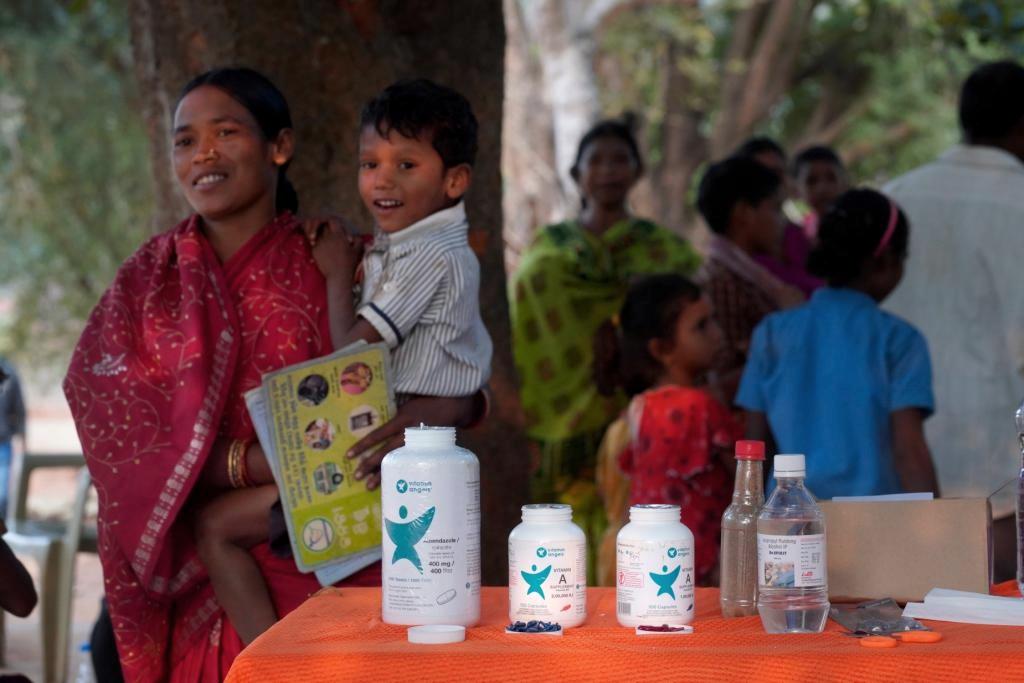 A. Our projects are inherently community-led and community-owned, ensuring sustained impact beyond the project cycle. Our work is highly contextual, tailored to the needs of the communities we serve. This is achieved through partnerships with local organizations that possess a deep understanding of the local socio-cultural milieu. During the project's duration, we build the capacities of these local organizations, empowering them to continue driving impact after the project ends. Additionally, our work inculcates positive nutrition behaviour in the community, contributing to the sustainability of our programs. We collaborate closely with the government, leveraging existing government platforms to deliver our services. Furthermore, we employ rigorous monitoring mechanisms to ensure our projects are on the right track, and we use evaluation findings to adjust our interventions as needed.
A. Our projects are inherently community-led and community-owned, ensuring sustained impact beyond the project cycle. Our work is highly contextual, tailored to the needs of the communities we serve. This is achieved through partnerships with local organizations that possess a deep understanding of the local socio-cultural milieu. During the project's duration, we build the capacities of these local organizations, empowering them to continue driving impact after the project ends. Additionally, our work inculcates positive nutrition behaviour in the community, contributing to the sustainability of our programs. We collaborate closely with the government, leveraging existing government platforms to deliver our services. Furthermore, we employ rigorous monitoring mechanisms to ensure our projects are on the right track, and we use evaluation findings to adjust our interventions as needed.
However, the biggest challenge we face is the scarcity of resources. We are constantly seeking partners who can assist us with resource mobilization to scale up interventions that demonstrate significant impact.
Q. What insights or lessons learned from the implementation of nutrition interventions in these regions can be applied to future collaborations with State Governments and Union Territories in India, as well as other global initiatives aimed at combating childhood malnutrition?
A.In 2021-22, significant efforts in Nagaland included distributing 233,000 doses of Vitamin A to infants, 709,000 doses to children, and 709,000 Albendazole tablets. Training on safe supplement delivery was provided to 450 health functionaries in person and 330 virtually. Over 900 community members were engaged through Poshan Maah activities with partners like UNICEF. Findings from the Nagaland Coverage Evaluation Survey were presented at the International Congress of Nutrition in Tokyo. A landscape analysis was conducted in Nagaland to understand MIYCN practices. These efforts highlight the effectiveness of VAI's targeted intervention approach, emphasizing the need for context-specific interventions tailored to geographic and demographic intricacies with inputs from on-ground partners. VAI collaborates with community-based organizations, which are essential for the success of our programs.
Q. In what ways does Vitamin Angels India leverage its collaboration with State Governments and Union Territories to advocate for and promote evidence-based nutrition interventions on a broader scale complementing government initiatives?
A. Vitamin Angels' work complements the Government of India's efforts to address malnutrition through Poshan Abhiyaan, targeting children, adolescent girls, and mothers. Key focus areas include providing nutrition supplements, promoting balanced diets and nutrition-seeking behavior, leveraging technology for better data collection and service delivery, and making the initiative a people's movement (Jan Andolan). Vitamin Angels leverages community-based organizations to achieve these government objectives, as demonstrated by project CLAN in Kandhamal district, Odisha. This project highlights the power of women's leadership in addressing nutrition gaps and has the potential for replication in similar regions. In a diverse nation like India, a network of regional organizations is essential for equitable resource distribution and addressing community-specific needs, enabling effective and lasting behavioral interventions.
Q. Can you highlight the impact by sharing success stories from various states and Union Territories where Vitamin Angels India has implemented vitamin A supplementation and deworming interventions?
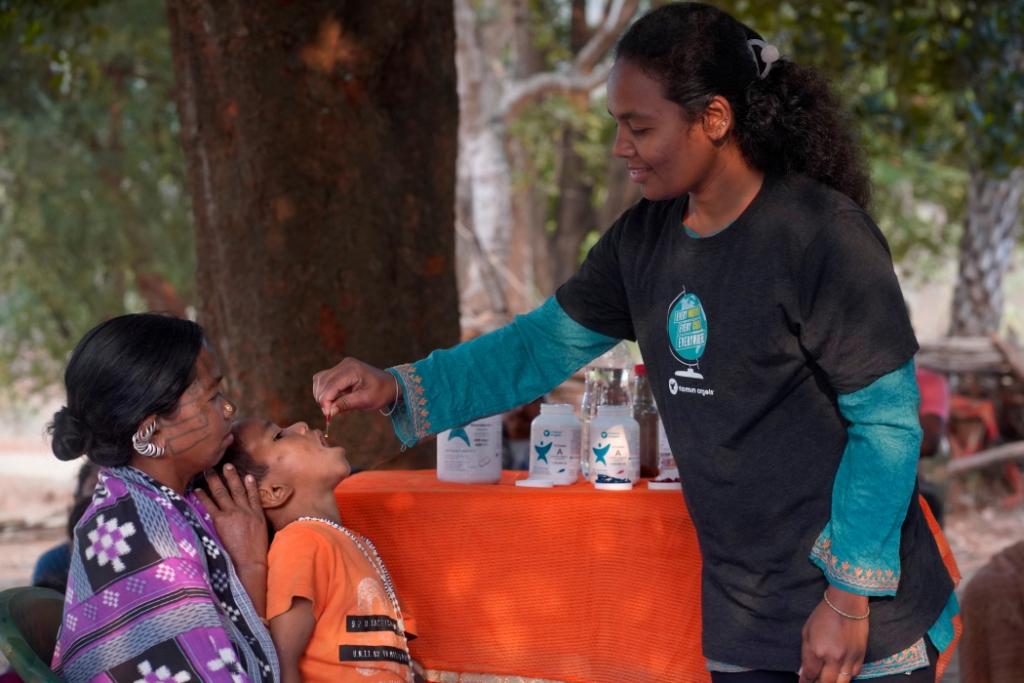 A. VAI has significantly improved child health through VAS and deworming interventions across various states and union territories. In Gujarat, thousands of health workers and Panchayati Raj Institution members were trained in partnership with the Department of Health and Integrated Child Development Services. In Nagaland, collaboration with the National Health Mission strengthened public health nutrition interventions. In Maharashtra, local partnerships enabled effective VAS and deworming (VAS+D) across the state. In Rajasthan, family journeys at VAS+D camps in Udaipur were documented. In Telangana, visits to Mahabubabad and Khammam districts showcased positive impacts with support from SHARP and Sahara ministries. In Manipur, effective VAS+D delivery in Imphal was ensured through collaboration with the Shija Foundation. In Delhi, work with the ASHA Community Health & Development Society provided essential micronutrients to children in the slums of Mayapuri and RK Puram.
A. VAI has significantly improved child health through VAS and deworming interventions across various states and union territories. In Gujarat, thousands of health workers and Panchayati Raj Institution members were trained in partnership with the Department of Health and Integrated Child Development Services. In Nagaland, collaboration with the National Health Mission strengthened public health nutrition interventions. In Maharashtra, local partnerships enabled effective VAS and deworming (VAS+D) across the state. In Rajasthan, family journeys at VAS+D camps in Udaipur were documented. In Telangana, visits to Mahabubabad and Khammam districts showcased positive impacts with support from SHARP and Sahara ministries. In Manipur, effective VAS+D delivery in Imphal was ensured through collaboration with the Shija Foundation. In Delhi, work with the ASHA Community Health & Development Society provided essential micronutrients to children in the slums of Mayapuri and RK Puram.
According to the 2023 Annual Report, VAI provided over 12.5 million doses of Vitamin A capsules and Albendazole deworming tablets, reaching over 6.9 million under-five children and training 1,000 healthcare and frontline workers on safe and effective VAS+D administration. From 2010-2022, VAI reached over 16 million under-five children with VAS and Albendazole deworming and trained more than 20,000 healthcare personnel in VAS+D.
For more details, you can view the 2023 Annual Report here.
Q. How do you plan to work with the Government of India to ensure all children under five receive vitamin A supplements? What are your future plans for this effort?
A. VAI has built partnerships with 12 states and union territories, including Maharashtra, Jammu & Kashmir, Ladakh, Uttarakhand, Tripura, Nagaland, Arunachal Pradesh, Meghalaya, Sikkim, Mizoram, Manipur, and Puducherry. Our extensive network includes approximately 1,800 partner organizations such as hospitals, health centres, over 1,400 NGOs, and faith-based organizations. These partnerships have enabled the delivery of evidence-based nutrition interventions to at-risk communities, ensuring program quality, scale, and impact. The collaborative model supports initiatives that complement and coordinate with national health services, particularly focusing on last-mile coverage.
VAI plans to work with the Government of India to increase access to evidence-based solutions targeting the first 2,000 days of life, from pregnancy to five years, through their micronutrient grant program, promotion of healthy MIYCN practices, and the Poshan Innovation Platform. We also support advocacy efforts to create an enabling environment for optimal nutrition outcomes and effective nutrition programming.




 A. Vitamin Angels (VA) began its journey in India in 2010 with the goal of eliminating preventable blindness among children under five. In 2011, VA launched a micronutrient grant program, providing high-dose VAS to non-government organizations (NGOs) and hospitals. By 2012, the program expanded to include Albendazole deworming tablets and established a partnership with the Government of Tripura, expanding its partner network to 100 across India. VA also started offering technical assistance for the safe delivery of VAS and deworming (VAS+D) through on-ground trainers. In 2020, VA partnered with10 state and union territory governments to ensure an uninterrupted supply of vitamin A during the COVID-19 pandemic, delivering virtual training to 10,000 healthcare providers. By this time, VA had reached over 16 million children.
A. Vitamin Angels (VA) began its journey in India in 2010 with the goal of eliminating preventable blindness among children under five. In 2011, VA launched a micronutrient grant program, providing high-dose VAS to non-government organizations (NGOs) and hospitals. By 2012, the program expanded to include Albendazole deworming tablets and established a partnership with the Government of Tripura, expanding its partner network to 100 across India. VA also started offering technical assistance for the safe delivery of VAS and deworming (VAS+D) through on-ground trainers. In 2020, VA partnered with10 state and union territory governments to ensure an uninterrupted supply of vitamin A during the COVID-19 pandemic, delivering virtual training to 10,000 healthcare providers. By this time, VA had reached over 16 million children. A. Our projects are inherently community-led and community-owned, ensuring sustained impact beyond the project cycle. Our work is highly contextual, tailored to the needs of the communities we serve. This is achieved through partnerships with local organizations that possess a deep understanding of the local socio-cultural milieu. During the project's duration, we build the capacities of these local organizations, empowering them to continue driving impact after the project ends. Additionally, our work inculcates positive nutrition behaviour in the community, contributing to the sustainability of our programs. We collaborate closely with the government, leveraging existing government platforms to deliver our services. Furthermore, we employ rigorous monitoring mechanisms to ensure our projects are on the right track, and we use evaluation findings to adjust our interventions as needed.
A. Our projects are inherently community-led and community-owned, ensuring sustained impact beyond the project cycle. Our work is highly contextual, tailored to the needs of the communities we serve. This is achieved through partnerships with local organizations that possess a deep understanding of the local socio-cultural milieu. During the project's duration, we build the capacities of these local organizations, empowering them to continue driving impact after the project ends. Additionally, our work inculcates positive nutrition behaviour in the community, contributing to the sustainability of our programs. We collaborate closely with the government, leveraging existing government platforms to deliver our services. Furthermore, we employ rigorous monitoring mechanisms to ensure our projects are on the right track, and we use evaluation findings to adjust our interventions as needed. A. VAI has significantly improved child health through VAS and deworming interventions across various states and union territories. In Gujarat, thousands of health workers and Panchayati Raj Institution members were trained in partnership with the Department of Health and Integrated Child Development Services. In Nagaland, collaboration with the National Health Mission strengthened public health nutrition interventions. In Maharashtra, local partnerships enabled effective VAS and deworming (VAS+D) across the state. In Rajasthan, family journeys at VAS+D camps in Udaipur were documented. In Telangana, visits to Mahabubabad and Khammam districts showcased positive impacts with support from SHARP and Sahara ministries. In Manipur, effective VAS+D delivery in Imphal was ensured through collaboration with the Shija Foundation. In Delhi, work with the ASHA Community Health & Development Society provided essential micronutrients to children in the slums of Mayapuri and RK Puram.
A. VAI has significantly improved child health through VAS and deworming interventions across various states and union territories. In Gujarat, thousands of health workers and Panchayati Raj Institution members were trained in partnership with the Department of Health and Integrated Child Development Services. In Nagaland, collaboration with the National Health Mission strengthened public health nutrition interventions. In Maharashtra, local partnerships enabled effective VAS and deworming (VAS+D) across the state. In Rajasthan, family journeys at VAS+D camps in Udaipur were documented. In Telangana, visits to Mahabubabad and Khammam districts showcased positive impacts with support from SHARP and Sahara ministries. In Manipur, effective VAS+D delivery in Imphal was ensured through collaboration with the Shija Foundation. In Delhi, work with the ASHA Community Health & Development Society provided essential micronutrients to children in the slums of Mayapuri and RK Puram.
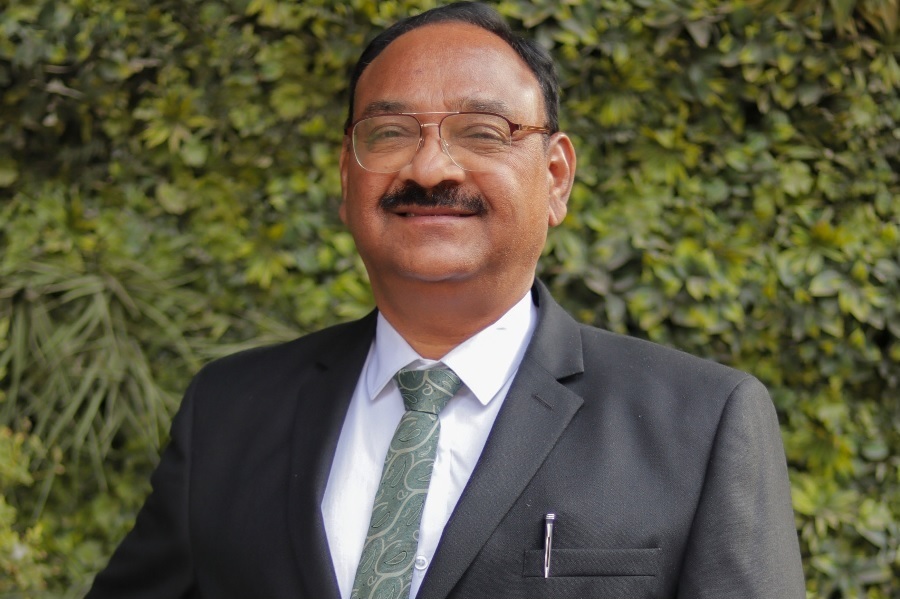
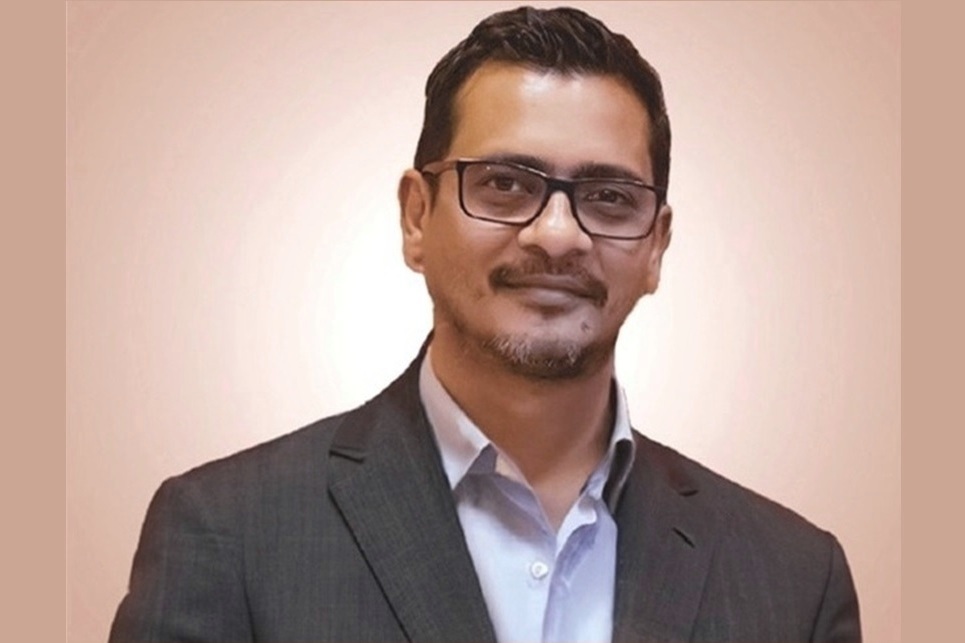

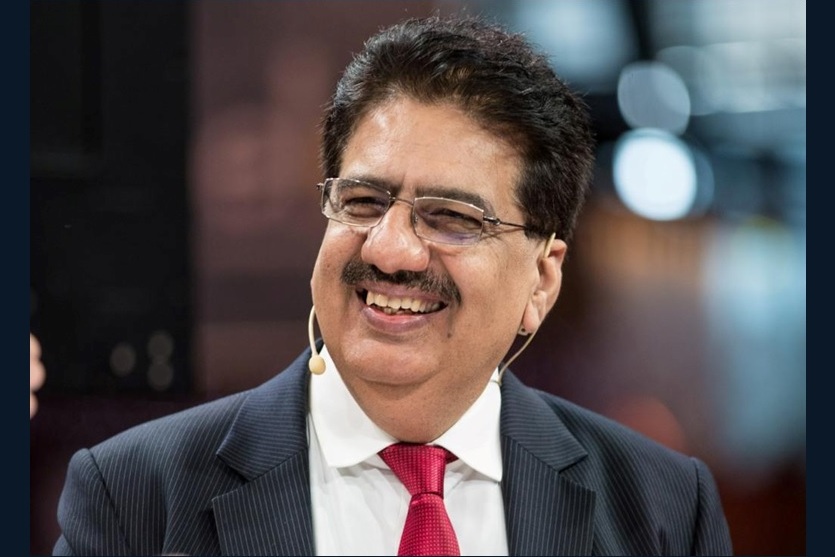

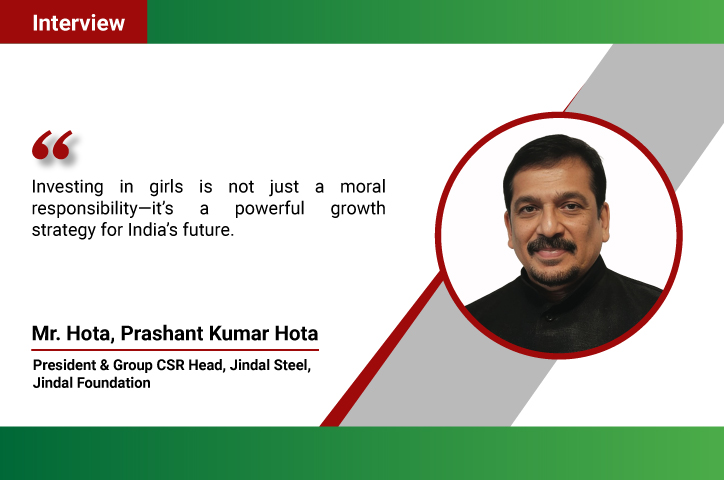
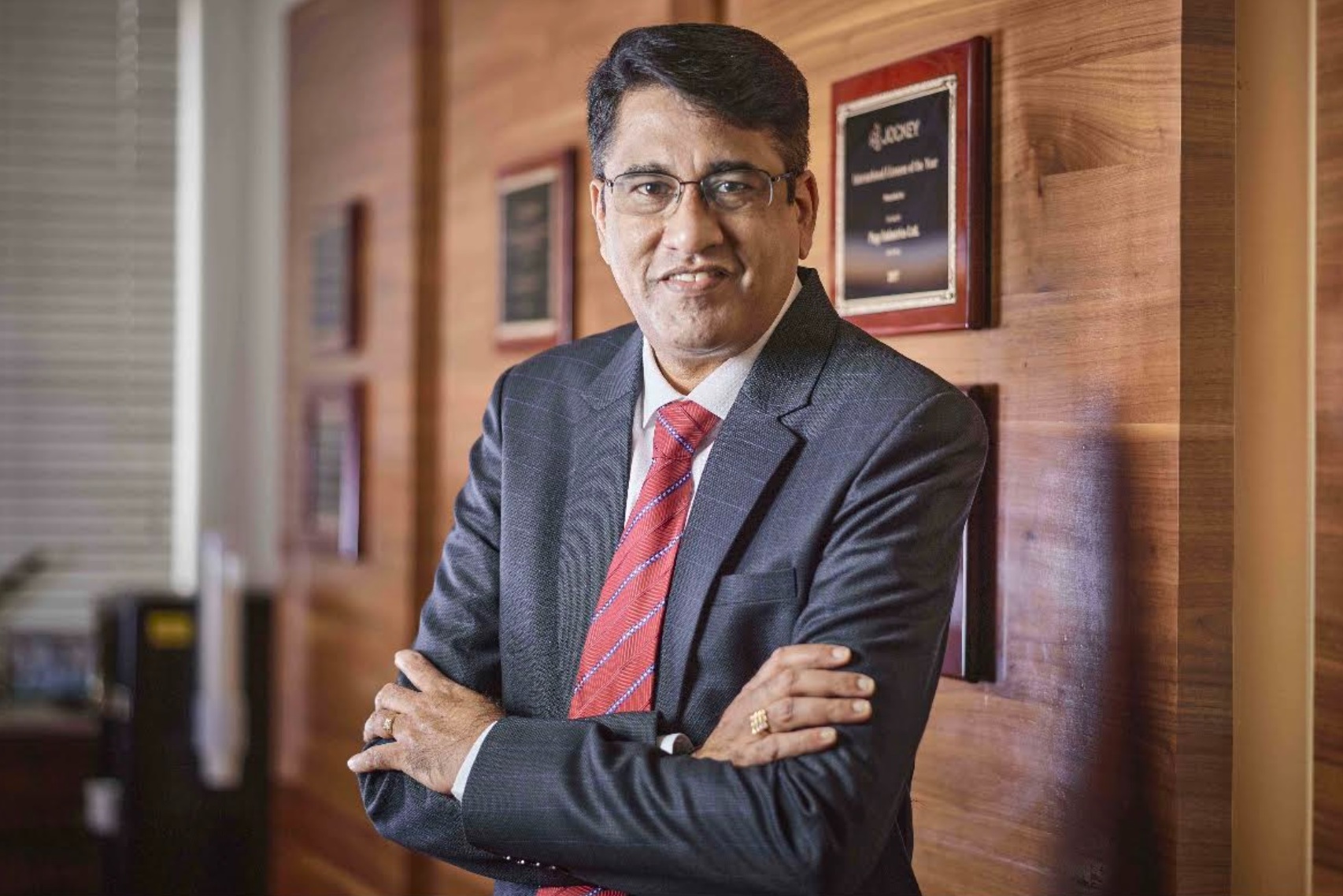

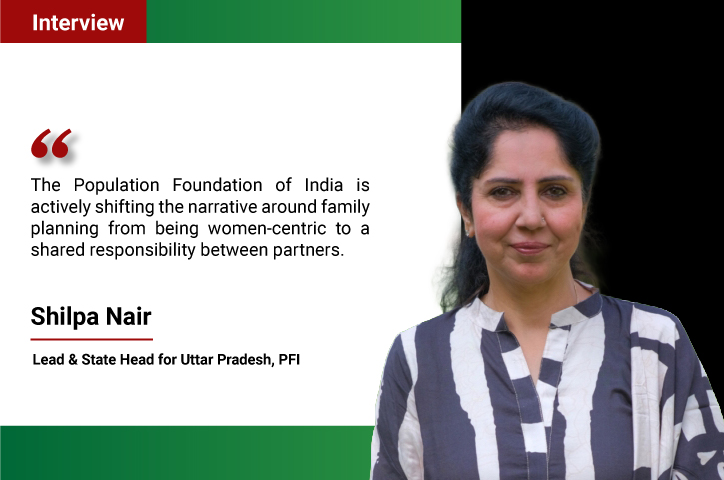


.jpg)




